Visual Retail Merchandising
In the retail industry we understand how important it is to get your products out there for the whole world to see. Merchandising and advertising are incredibly important as they showcase your products and bring them into the public eye, ready to be snapped up by keen buyers. With so many different brand names and products out there on the high street, demand is high for catchy, eye-grabbing merchandising and retail designs so that you can attract the right type of customers to your stores.
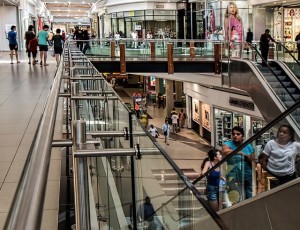 The retail business has always been a cut-throat business, however in more recent years we have seen more and more abstract and engaging display designs, often to the point where many shop fronts almost look like the entrance of an art museum instead of the entrance of a clothing store. However in one way, we seem to have forgotten that textiles, fashion and clothing design in itself is a form of art. Perhaps these new shop fronts are a step back in the right direction in an attempt to make us rethink – as a consumer – how we view the products we buy.
The retail business has always been a cut-throat business, however in more recent years we have seen more and more abstract and engaging display designs, often to the point where many shop fronts almost look like the entrance of an art museum instead of the entrance of a clothing store. However in one way, we seem to have forgotten that textiles, fashion and clothing design in itself is a form of art. Perhaps these new shop fronts are a step back in the right direction in an attempt to make us rethink – as a consumer – how we view the products we buy.
Whether you are a small family run business or part of a major high street outlet, merchandising and design is still important, so let us have a look at what makes the strange retail designs of today suddenly so successful for catching customers.
Visual
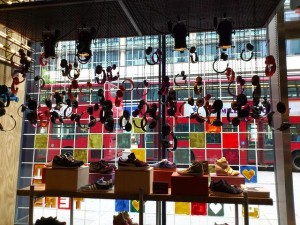 Visual appeal is incredibly important. With the influx of instant technology that we have experienced over the past few years, everybody is always so wrapped up in staying connected all the time, rushing about their busy days they hardly spare a thought for the greyish, black and white antique shops in a world full of colour. Retail designs need to stand out, to catch the eye of the passerby and make them stop for a moment.
Visual appeal is incredibly important. With the influx of instant technology that we have experienced over the past few years, everybody is always so wrapped up in staying connected all the time, rushing about their busy days they hardly spare a thought for the greyish, black and white antique shops in a world full of colour. Retail designs need to stand out, to catch the eye of the passerby and make them stop for a moment.
Startling
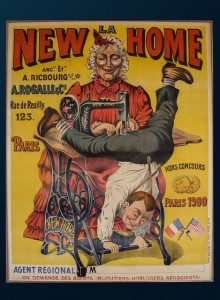 To catch somebody’s eye, you may need to startle them. Displays and advertisements have a lot of power over us once they catch our attention. However they also need to keep our attention while at the same time showcasing their product. By startling your audience you have gotten their undivided attention suddenly and without warning, so you need to continue to startle them, or make them think about the product you are pushing, in order to hold their attention.
To catch somebody’s eye, you may need to startle them. Displays and advertisements have a lot of power over us once they catch our attention. However they also need to keep our attention while at the same time showcasing their product. By startling your audience you have gotten their undivided attention suddenly and without warning, so you need to continue to startle them, or make them think about the product you are pushing, in order to hold their attention.
Abstract
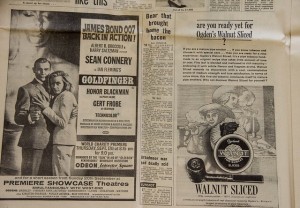 The idea is to do something different, to be something different. Something that jars with the mind, that encourages people to stand up and take notice. We are constantly bombarded with advertisements for shampoo, new phones, cheaper car insurance and everything in between that we need something truly visual to stand out for us to notice it. It doesn’t even have to be relatable; for example how well do you remember the Cadbury’s eyebrows advertisement? It sticks in your memory because it is abstract and confusing, and doesn’t have anything to do with chocolate. The point is that the advertisement, or the window display, or the billboard sign, sticks with you in your mind, for whatever reason.
The idea is to do something different, to be something different. Something that jars with the mind, that encourages people to stand up and take notice. We are constantly bombarded with advertisements for shampoo, new phones, cheaper car insurance and everything in between that we need something truly visual to stand out for us to notice it. It doesn’t even have to be relatable; for example how well do you remember the Cadbury’s eyebrows advertisement? It sticks in your memory because it is abstract and confusing, and doesn’t have anything to do with chocolate. The point is that the advertisement, or the window display, or the billboard sign, sticks with you in your mind, for whatever reason.
Whatever your personal preference towards art and the current retail design trends rippling throughout the merchandising industry, it is clear that abstract art designed to catch the eye and entice the customer is certainly working, at least for the high street brands.
However that may all change with the turning of the year.
Content Editor
Would you like to . . . Write For Us?

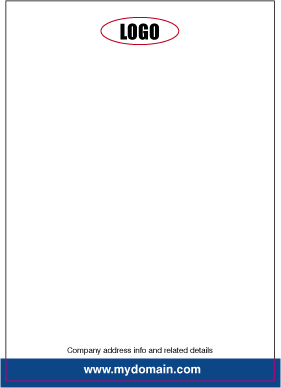
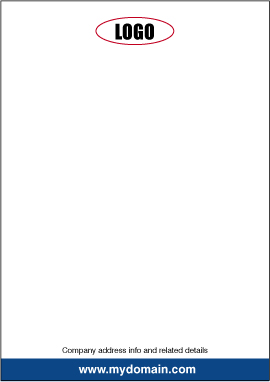
Leave a Reply